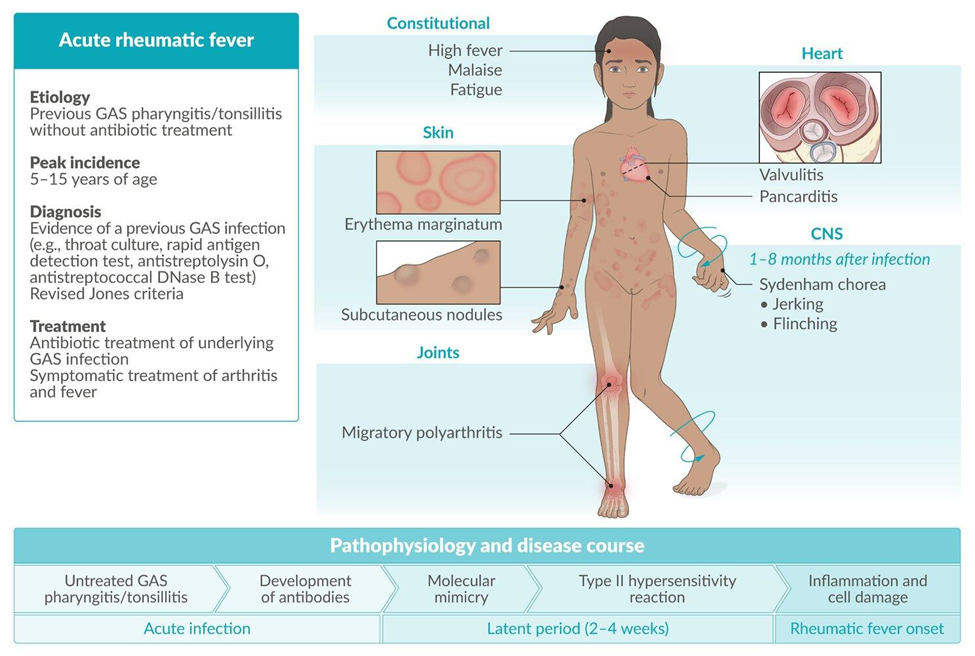The parents of a child recently diagnosed with cerebral palsy ask the nurse about the limitations of the disorder. The nurse responds by explaining that the limitations occur as a result of which pathophysiological process?
An infectious disease of the central nervous system
An inflammation of the brain as a result of a viral illness
A chronic disability characterized by impaired muscle movement and posture
A congenital condition that results in moderate to severe intellectual disabilities
The Correct Answer is C
A. An infectious disease of the central nervous system
Explanation: Cerebral palsy is not caused by an infectious disease of the central nervous system. It is a non-progressive neurological disorder that arises from brain damage, often during prenatal development.
B. An inflammation of the brain as a result of a viral illness
Explanation: While inflammation of the brain due to a viral illness can lead to neurological complications, cerebral palsy is not specifically caused by inflammation resulting from a viral illness.
C. A chronic disability characterized by impaired muscle movement and posture
Explanation:
Cerebral palsy is a chronic condition that primarily affects motor function and posture. It results from damage to the developing brain, often occurring before or during birth. The impaired muscle movement and posture associated with cerebral palsy can lead to limitations in activities of daily living and mobility.
D. A congenital condition that results in moderate to severe intellectual disabilities
Explanation: Cerebral palsy primarily affects motor function, and intellectual disabilities are not an inherent component of cerebral palsy. While some individuals with cerebral palsy may have associated cognitive impairments, it is not a defining characteristic of the disorder.
Nursing Test Bank
Naxlex Comprehensive Predictor Exams
Related Questions
Correct Answer is A
Explanation
A. "This test will confirm if your child had a recent streptococcal infection."
Explanation:
The anti-streptolysin O (ASO) titer is a blood test used to detect the presence of antibodies against streptolysin O, a toxin produced by group A Streptococcus bacteria. A rise in ASO titers indicates a recent streptococcal infection. It does not confirm rheumatic fever directly but helps in identifying a recent streptococcal infection, which is a predisposing factor for rheumatic fever.
B. "This test will indicate if your child has rheumatic fever."
Explanation: While a positive ASO titer may suggest a recent streptococcal infection, it does not directly indicate rheumatic fever. The diagnosis of rheumatic fever involves a combination of clinical criteria, including evidence of a recent streptococcal infection, along with specific signs and symptoms.
C. "This test will confirm if your child has immunity to streptococcal bacteria."
Explanation: The ASO titer does not measure immunity to streptococcal bacteria. It specifically detects antibodies produced in response to a recent streptococcal infection.
D. "This test will indicate if your child has a therapeutic blood level of an aminoglycoside."
Explanation: The ASO titer is not used to monitor therapeutic blood levels of aminoglycosides. It is specific to detecting antibodies related to streptococcal infections and is not related to aminoglycoside therapy.

Correct Answer is C
Explanation
A. 9 months: By 9 months, most infants would have well exceeded doubling their birth weight.
B. 12 months: Doubling of birth weight usually occurs earlier, by around 5 to 6 months, rather than 12 months.
C. 6 months
Explanation:
The general guideline is that infants tend to double their birth weight by around 5 to 6 months of age. This doubling of birth weight is a common marker of healthy growth and development during the first few months of life.
D. 3 months: By 3 months, while infants experience significant growth, they usually haven't doubled their birth weight yet.
Whether you are a student looking to ace your exams or a practicing nurse seeking to enhance your expertise , our nursing education contents will empower you with the confidence and competence to make a difference in the lives of patients and become a respected leader in the healthcare field.
Visit Naxlex, invest in your future and unlock endless possibilities with our unparalleled nursing education contents today
Report Wrong Answer on the Current Question
Do you disagree with the answer? If yes, what is your expected answer? Explain.
Kindly be descriptive with the issue you are facing.
